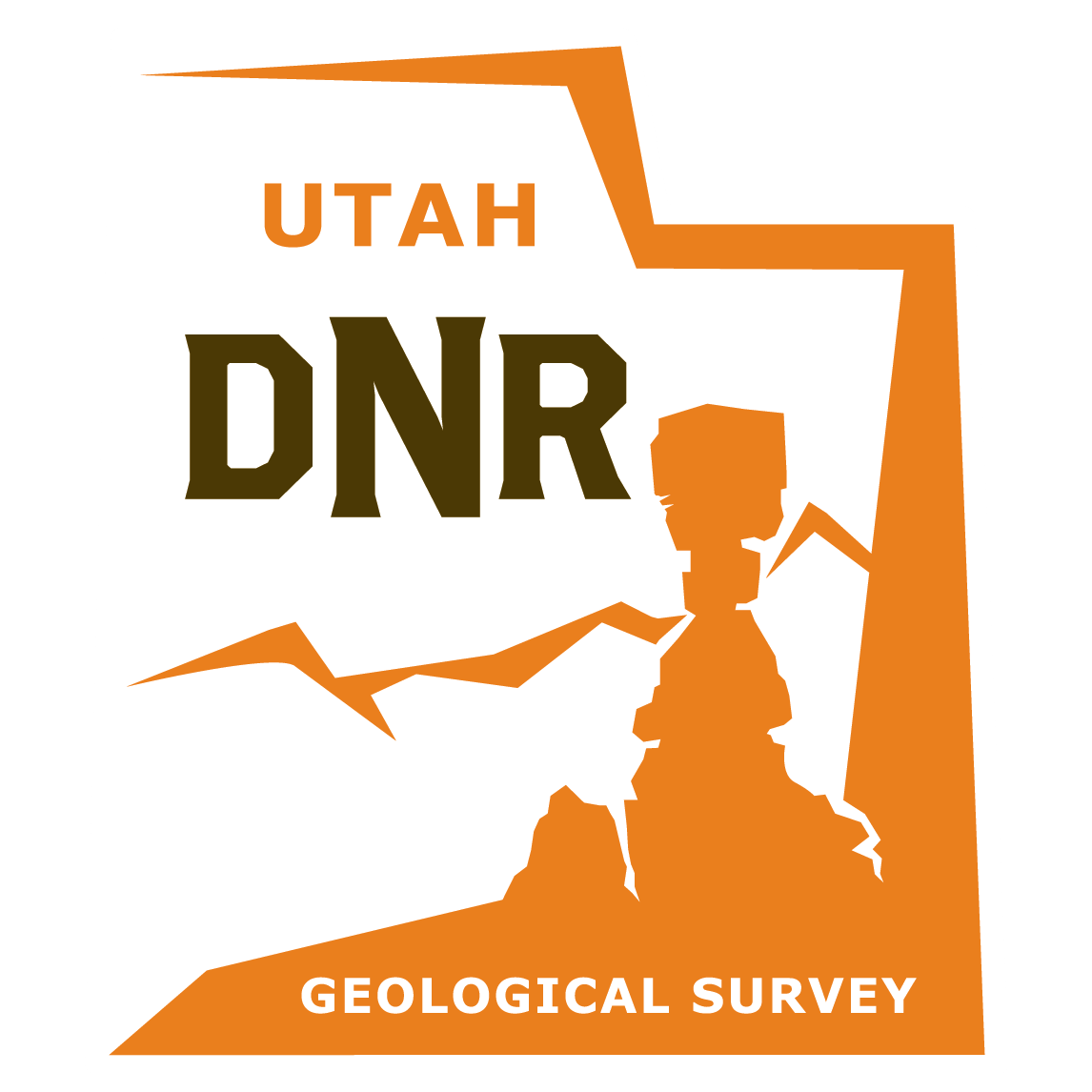 Jim Davis
Jim Davis
Even though we are a “desert” state, Utah’s rivers are world-renowned among river runners and geoscientists. Several of America’s early geologists, including G.K. Gilbert, W.M. Davis, C.E. Dutton, and J.W. Powell contributed to theories of stream evolution from observations made in Utah.
Rivers typically originate in the mountains, flow away from them in a more-or-less constant direction, enter increasingly broad river plains, and terminate at an ocean. But many rivers in Utah flow toward and across mountains, run contrary to valleys, make U-turns, and many never reach the ocean.

 What are those groovy rocks and how did they get that way?
What are those groovy rocks and how did they get that way? Michael D. Vanden Berg, Utah Geological Survey
Michael D. Vanden Berg, Utah Geological Survey During the night of August 4, 2008, Utah lost a popular giant when Wall Arch, a prominent arch along the Devils Garden Trail in Arches National Park, collapsed.
During the night of August 4, 2008, Utah lost a popular giant when Wall Arch, a prominent arch along the Devils Garden Trail in Arches National Park, collapsed. Geologic Information: The sandstone layer in which the pinnacles, pillars, arches, and knobs of Fantasy Canyon are formed consists of ancient river channel sediments. The underlying and overlying rock layers sandwiching the sandstone layer, and creating scenic badland topography around the canyon, are finer grained floodplain deposits.
Geologic Information: The sandstone layer in which the pinnacles, pillars, arches, and knobs of Fantasy Canyon are formed consists of ancient river channel sediments. The underlying and overlying rock layers sandwiching the sandstone layer, and creating scenic badland topography around the canyon, are finer grained floodplain deposits.
